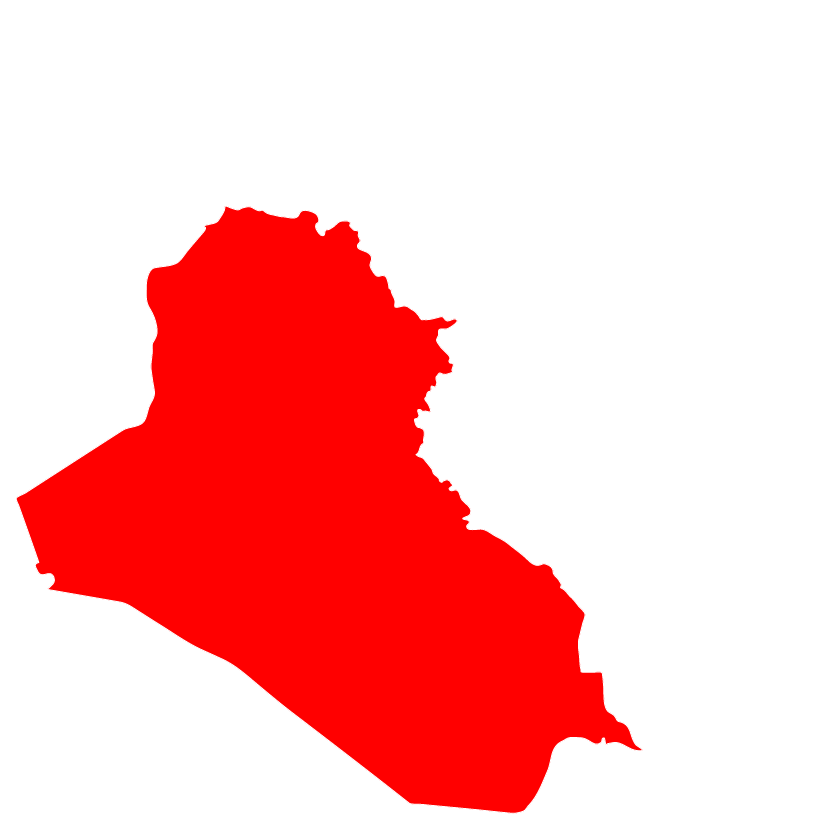In the evening of Sunday 12 November 2017, the Governorate of Halabja region, North-East of Iraq experienced an earthquake in the magnitude of approximately 7.2-7.5, according to European Mediterranean Seismological Centre (EMSC). The epicentre of this earthquake was located 32kms from the city of Halabja. According to the Global Disaster Alert and Coordination System (GDACS), approximately 1,840,000 people were living within 100km of the epicentre of this earthquake in both Iraq and Iran. Local experts and seismologists in the area see potential occurrence of such shocks in the future as the area has entered into a new level of intensity, and therefore it is likely that future earthquakes will be of a same or higher magnitude.
Since November 2017, there have been nine reported fatalities and over 550 people injured in Iraq as a result of the earthquake, according to the Kurdish Regional Government (KRG). The Darbandikhan areas has been most severely impacted, with most earthquake related injuries reported in Darbandikhan, Halabja, and Garmyan districts. Many houses in the areas of Darbandikhan, Maidan, Qurato and Bamo have been damaged and/or destroyed. According to the KRG, damage to the infrastructure was most severe in Darbandikhan, where landslides blocked the Darbandikhan tunnel. The water and electricity network of Darbandikhan was damaged and required significant repair. The water treatment plant in Halabja was partially damaged and produced clean water at only 50% capacity.
According to the KRG, the situation is stabilised. NGOs in the area are coordinating with each other. However, an ACT Alliance response is needed as this will help the affected people to stay and re-build their The ACT Alliance intervention came at a point in time when the affected population were still willing to stay in the area and rebuild their livelihoods with some humanitarian support.
Appeals_Iraq_Earthquake IRQ171


